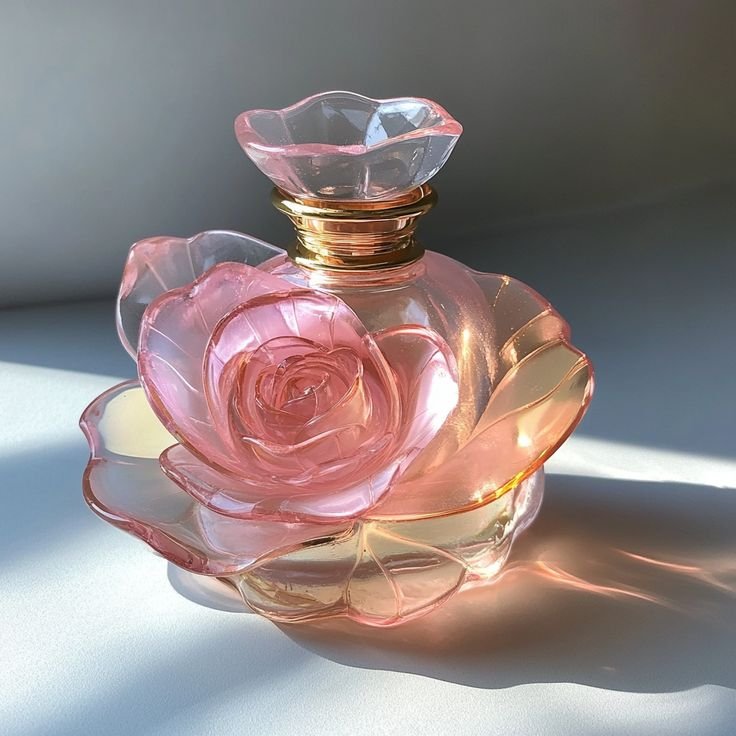Blog
The Allure of Scent: A Deep Dive into the World of Perfume
From ancient rituals to modern self-expression, perfume has captivated humanity for millennia. More than just a pleasant aroma, it’s a complex blend of art and science, capable of evoking emotions, memories, and shaping personal identity.
A Rich History Woven in Fragrance
The word “perfume” itself stems from the Latin “per fumum,” meaning “through smoke,” a nod to its origins in ancient Mesopotamia, Egypt, and the Indus Valley, where aromatic resins and woods were burned as incense in religious ceremonies. The Egyptians later adopted perfumed wax cones worn on the head, while the ancient Greeks are credited with the first liquid perfumes. It was the Arabs, however, who revolutionized perfumery with the development of distillation, a technique still used today to extract essential oils from flowers.
Perfumery flourished in Europe, particularly in 17th-century France, where fragrances were often used to mask less-than-ideal hygiene. The 19th century brought significant advancements with the advent of modern chemistry, leading to the creation of complex scents that combine both natural and synthetic ingredients. Chanel No. 5, launched in 1921, stands as a prime example of a perfume that embraced synthetic components, forever changing the landscape of fragrance.
The Anatomy of a Scent: Notes and Concentrations
A perfume’s “story” unfolds through its notes, which are the individual scent components that emerge over time. This is often described as an olfactory pyramid:
- Top Notes (Head Notes): These are the initial, light, and volatile scents that create the first impression. Think citrus, light fruits, and fresh herbs. They evaporate quickly.
- Middle Notes (Heart Notes): These emerge as the top notes fade, forming the “heart” of the fragrance. They are typically more rounded and often include floral or spicy elements like rose, jasmine, or lemongrass.
- Base Notes: The lingering, deep, and long-lasting notes that provide the perfume’s foundation and character. Common base notes include vanilla, amber, sandalwood, and musk.
The intensity and longevity of a fragrance are determined by its concentration of aromatic compounds:
- Parfum (Extrait de Parfum): The most concentrated and expensive, typically 20-30% aromatic compounds, lasting 6-8 hours.
- Eau de Parfum (EDP): A popular choice with 15-20% concentration, offering 4-5 hours of wear.
- Eau de Toilette (EDT): Lighter with 5-15% concentration, lasting 2-3 hours.
- Eau de Cologne (EDC): A lighter, often more refreshing option with 2-4% concentration, lasting only a couple of hours.
- Eau Fraîche: The lightest, with 1-3% concentration, designed for a subtle, short-lived scent.
Crafting a Masterpiece: Ingredients and Perfumers
Perfumes are a harmonious blend of natural and synthetic ingredients. Natural components often include essential oils extracted from flowers (like jasmine, rose), woods (sandalwood, cedar), resins (frankincense, myrrh), spices, and fruits. Synthetic molecules, created in laboratories, allow for unique and consistent scent profiles, and can mimic rare or animal-derived ingredients, such as musk or ambergris, more ethically.
Behind every iconic fragrance are master perfumers, often referred to as “noses.” These skilled artists possess an extraordinary sense of smell and a profound understanding of scent composition. Famous perfumers like Ernest Beaux (creator of Chanel No. 5), Jean-Paul Guerlain, Francis Kurkdjian, and Christine Nagel have left an indelible mark on the industry, shaping the way we experience scent.
Choosing Your Signature Scent
Selecting a perfume is a deeply personal journey. Consider these factors:
- Fragrance Families: Familiarize yourself with broad categories like Floral, Oriental, Woody, Fresh, Chypre, Fougère, Marine/Ozonic, Citrus, Green, and Gourmand. This helps narrow down preferences.
- Personal Style and Occasion: A fresh, clean scent might be perfect for daily wear, while a more intense or sensual fragrance suits special evenings.
- Body Chemistry: Perfumes react differently on individual skin, so always test a scent on your skin and allow it to develop over several hours before making a decision.
- Desired Mood: Do you want to feel confident, relaxed, energetic, or mysterious? Certain notes are known to evoke specific emotions. For example, lavender is calming, citrus uplifting, and vanilla comforting.
The Evolving World of Fragrance: Current Trends
The perfume industry is a dynamic landscape, constantly evolving with new trends. Some prominent trends observed in 2024-2025 include:
- Genderless Scents: A growing demand for fragrances that transcend traditional gender binaries, focusing on universal appeal.
- Aromatherapy Perfumes: Scents designed with mood-boosting essential oils, catering to the increasing focus on wellness.
- Fresh Gourmands: A twist on the “edible” scent trend, incorporating lighter, fresher notes alongside sweet, dessert-like accords.
- Boozy Notes: The resurgence of rich, sophisticated notes like cognac, whisky, and rum in fragrances.
- Solid Perfumes and Alternative Formats: A shift towards more sustainable and portable options, offering a different application experience.
- “Skinification” of Fragrance: Consumers are seeking perfumes with added skincare benefits like hydration.
- Sustainability: A strong emphasis on eco-friendly packaging, refillable options, and sustainably sourced ingredients.
- Digitalization of Shopping: Augmented reality and virtual try-on features are changing how consumers experience and purchase fragrances online.
Perfume is more than just a luxury item; it’s an invisible accessory, a personal statement, and a powerful tool for self-expression and mood enhancement. As the industry continues to innovate, the allure of scent promises to remain an integral part of human experience.

